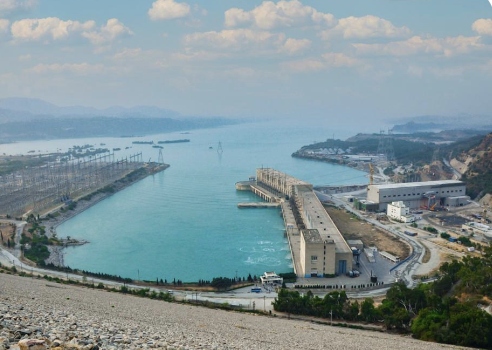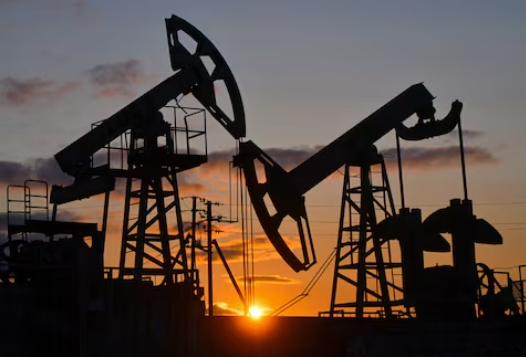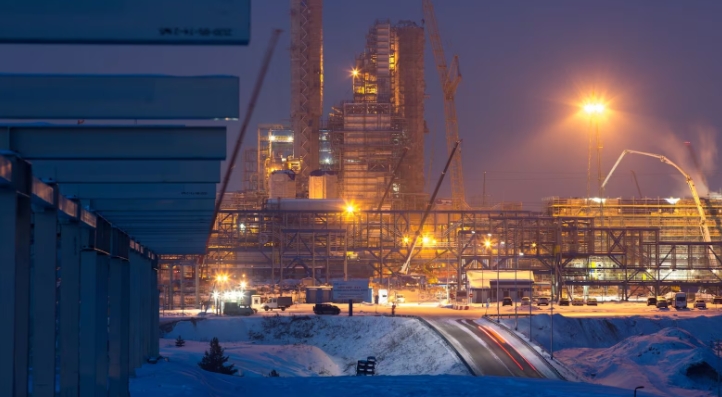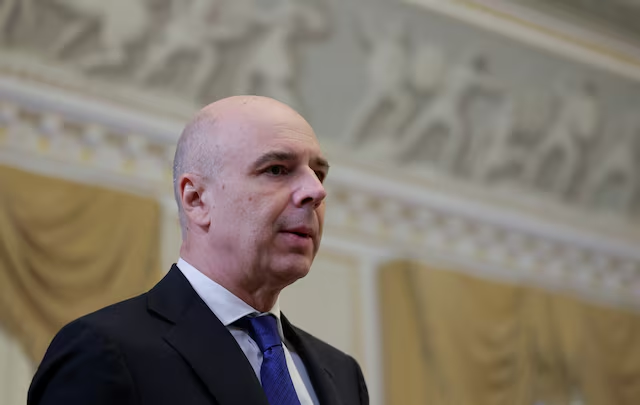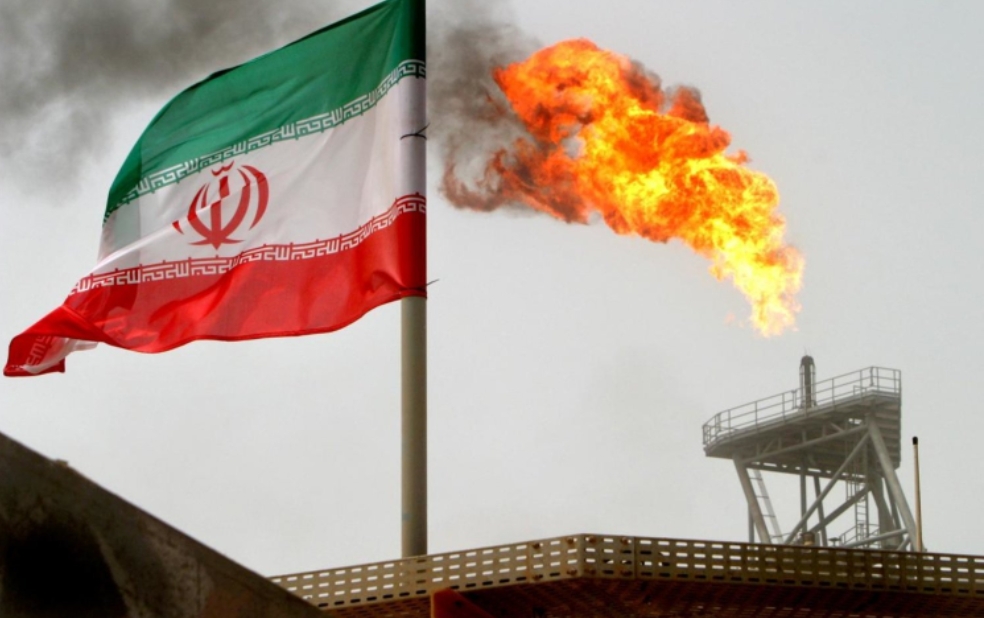This surge in hydro generation has proven to be a boon for the national exchequer, as it has resulted in savings amounting to Rs. 50 billion. These savings can be attributed to the reduced reliance on costly imported residual furnace oil (RFO) for electricity production.
Several factors have contributed to this upswing in WAPDA's hydro generation during the first quarter of the fiscal year 2023-24. These include improved hydrology, efficient operation and maintenance of WAPDA's hydropower stations, and the resumption of electricity generation from the Neelum Jhelum Hydel Power Station in August 2023.
A breakdown of the generation figures reveals that Tarbela Hydropower Station played a significant role by contributing 6,839.27 million units, followed by Tarbela 4th Extension with 2,859.67 million units. Other contributors include Ghazi Barotha with 2,229.24 million units, Mangla with 1,113.45 million units, Neelum Jhelum with 707.62 million units, Warsak with 317.66 million units, and Chashma Hydropower Station generating 270.27 million units. Additionally, 664.97 million units were collectively generated by other hydropower stations operated by WAPDA.
WAPDA currently owns and operates a total of 22 hydropower stations, including the recently reactivated Neelum Jhelum Hydel Power Station.
WAPDA is pursuing an ambitious least-cost energy generation plan aimed at doubling its installed power generation capacity from 9500MW to approximately 19,500MW by 2029. This expansion will be achieved through the phased completion of under-construction mega projects, such as the Diamer Basha Dam, Mohmand Dam, Dasu Hydropower Project, and Tarbela 5th Extension Project, among others.
